The Estonian Academy of Arts present their latest project ‘Bend to Break’ produced by the students of Estonian Academy of Arts, Faculty of Design. Unearthing the design ́s complicity with the plywood industry and forestry, in particular, challenging the problematic gendered ideology, the showcase, featuring wooden furniture, also acknowledges the legacy of Luterma as one of, if not the, most important manufacturers of plywood and ply-and laminated-wood furniture in the early 20th century.
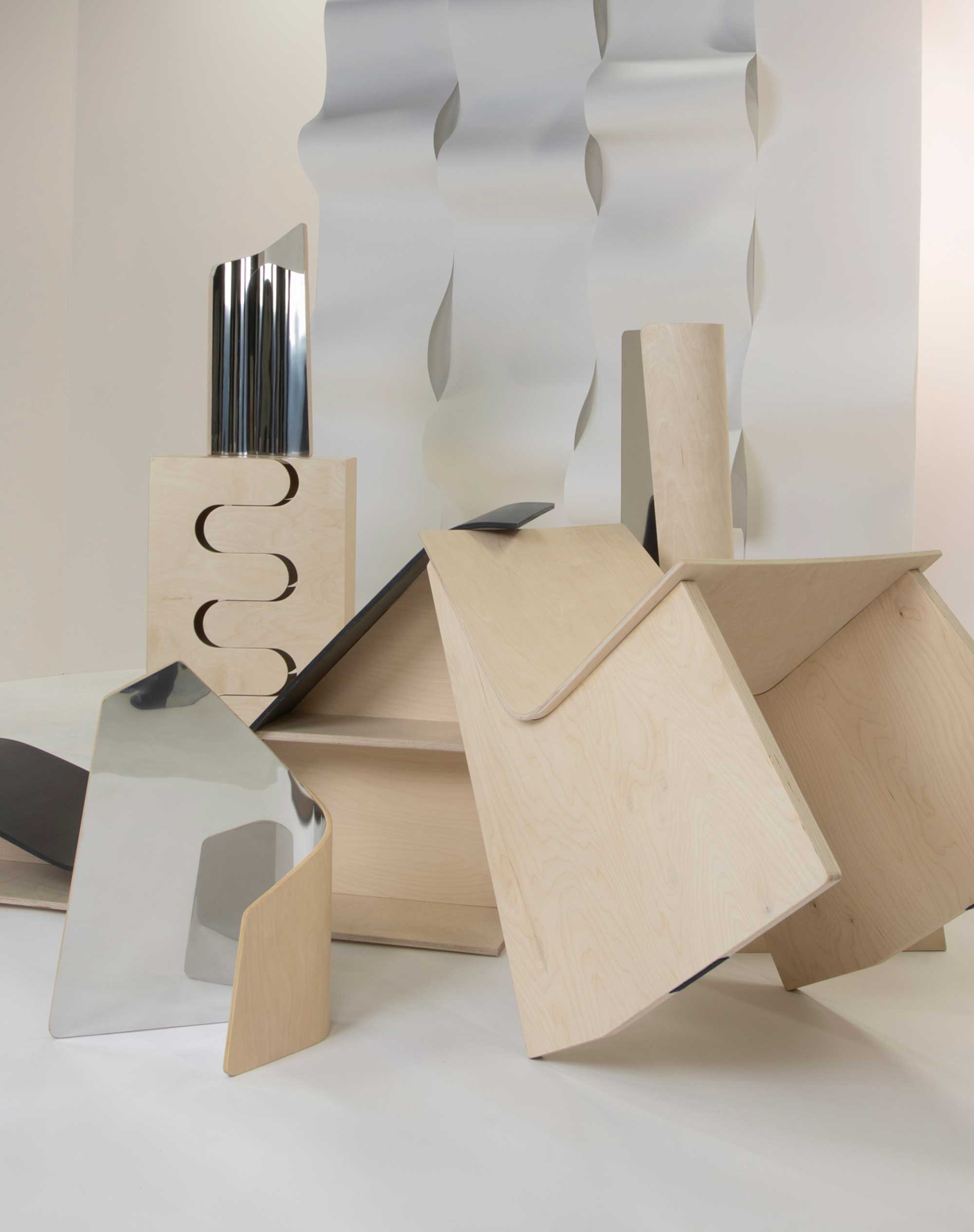
The seven-week-course, part of the undergraduate curriculum of the Department of Product Design, was helmed by designers Nick Ross and Mihkel Mäll along with an additional curatorial and research assitance from Anna-Liisa Laarits. Deconstructing gender bias has been a key note, built into the design theme for Bend to Break; examining the plywood industry through supported historical evidences of gender-biased ideologies and practises; more specifically, of women, who staffed Luterma’s assembly lines, effectively challenging the perception that women are unsuited to forestry. Four organisational study and investigations were undertaken by the A. M. Luther Woodworking Company for Mechanical Woodworking, based in Tallinn, Estonia, in 1897. The investigations carried out a gender-sensitive study to research traditions, typologies and craftsmanship set against the backdrop of local context.
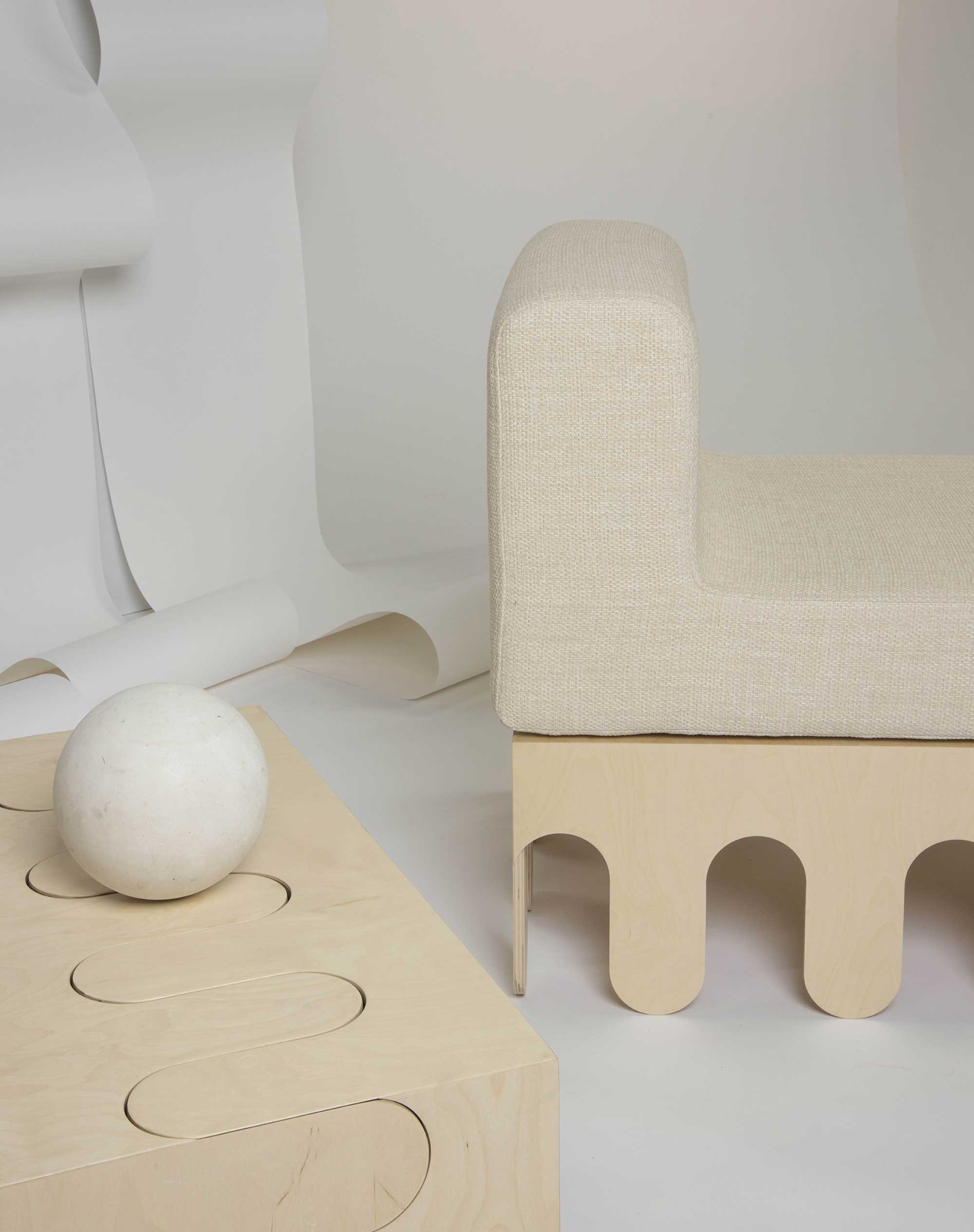
For the project, the designers use principal elements of materials, abstract themes, and sustainable approach to craft the furniture. Right from Marissa Mutt ́s Lean Back Chair that encapsulates sobriety and rationalisation of society ́s needs that led to the creation of Luterma to their most successful export articles to Kertu Liisa Lepik ́s series of ply(max) Mirrors that questions prejudices and one’s assumptions in correlation to design and its values, particularly towards women in the industry, both in the past and present.
The Lean Back Chair is made out of three-ply veneer seats and panels; of pre-cut veneers, glued and pressed together under hot platens – these tasks once undertaken by women to help the war effort. Hanna-Liisa Haukka ́s Single Seater and Side Table, recognises the introduction of wood adhesives as Luterma ́s most important contribution to the development of plywood technology.
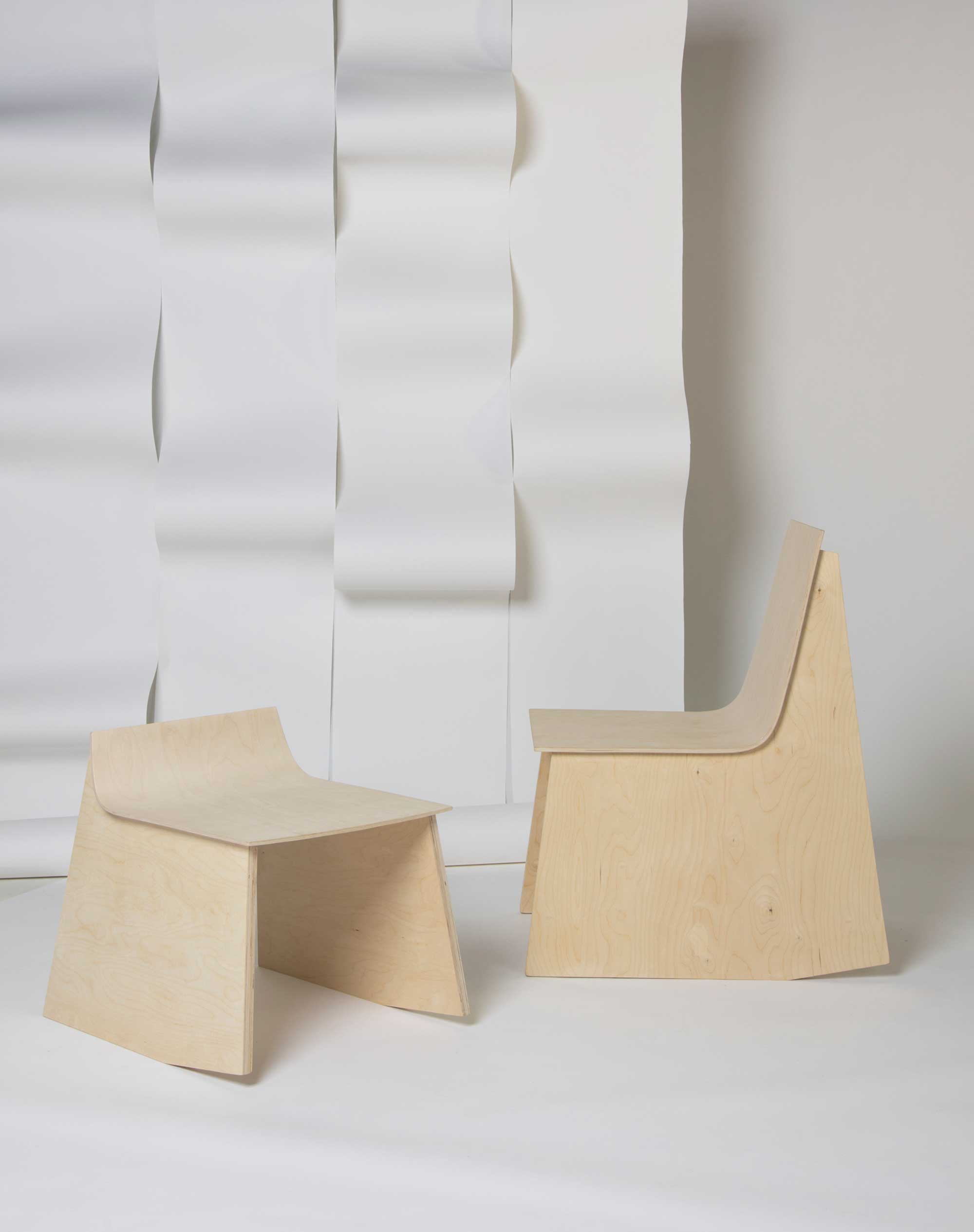
While Lepik ́s series of ply(max) Mirrors is built out of fusing bent plywood with polished sheets of metal, Katariina Kivi ́s Reading or Reclining Chair acknowledges Luterma ́s commitment to their employees ́ well-being and draws its design inspiration from the typical long chair, that is associated with leisure, and draws attention to plywoods’ distinct and indispensable feature – its suitability for bent forms. Bend to Break was extensively featured on the social media pages of The Estonian Academy of Arts. The project is also accompanied by a 36-page limited edition booklet, documenting the students’ projects and interesting anecdotes of archival material. The booklet is designed by Aaro Veiderpass, Agnes Isabelle Veevo, and Birgita Siim, recent graduates of the Department of Graphic Design.






 Sign in with email
Sign in with email


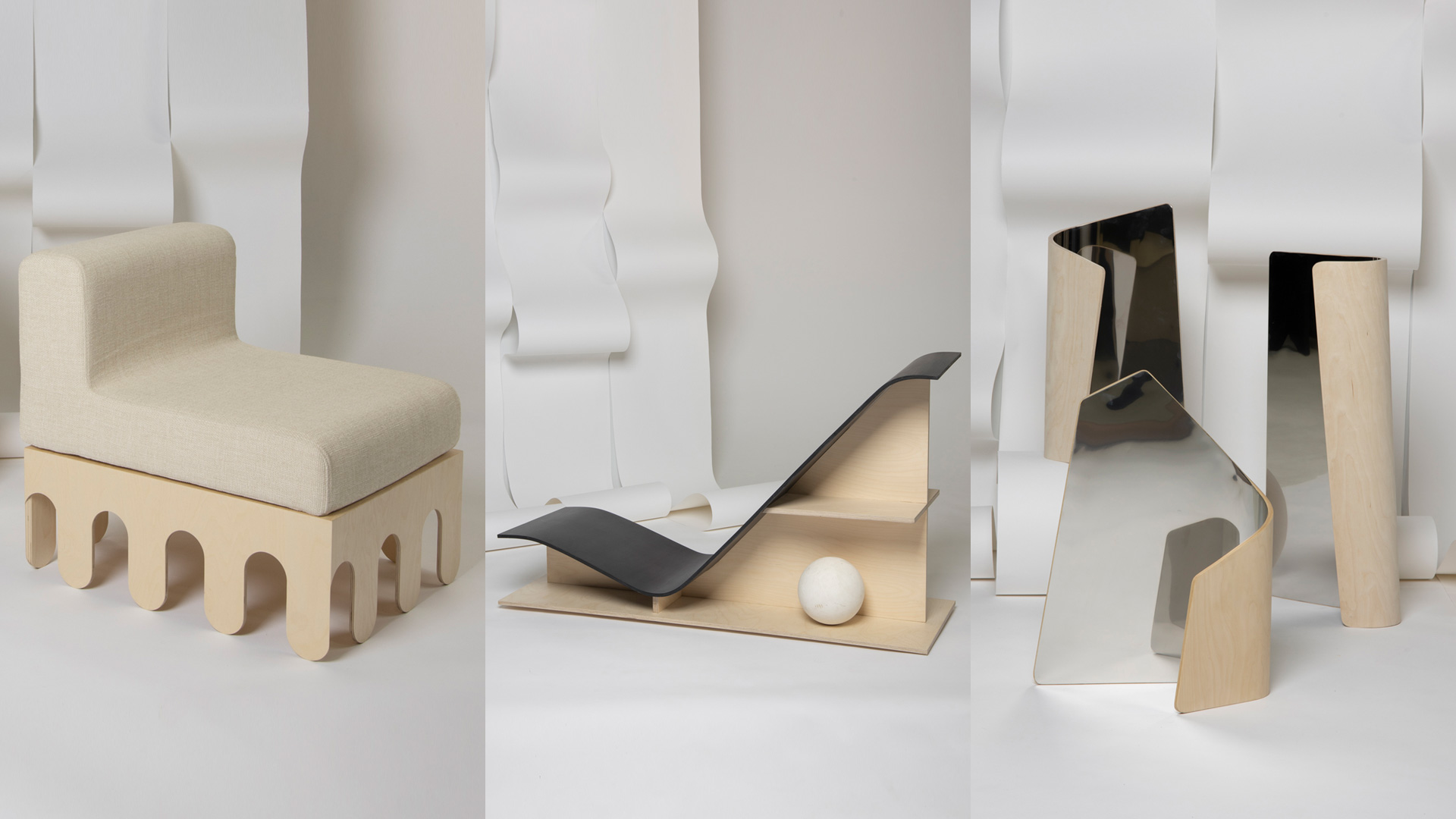
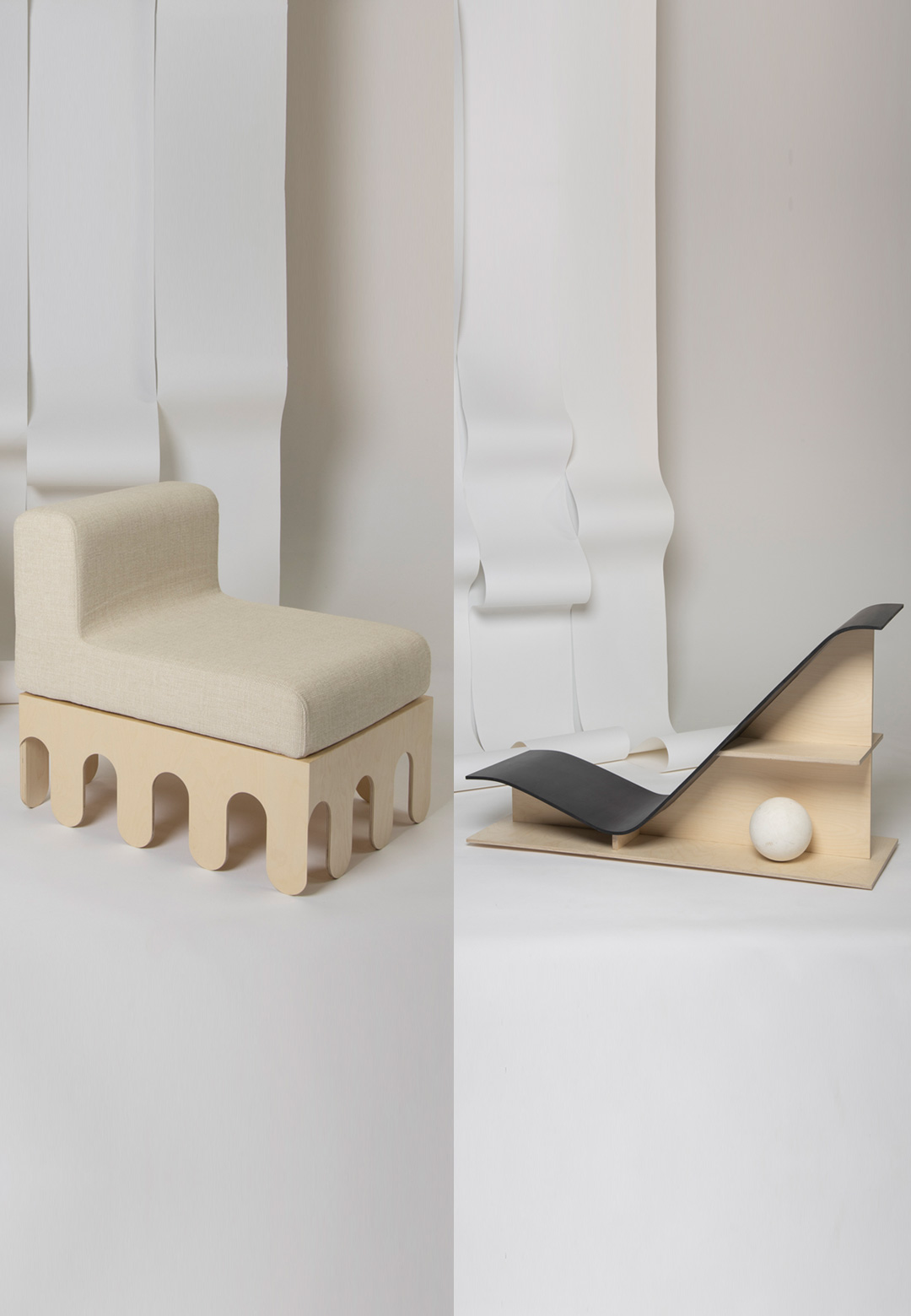
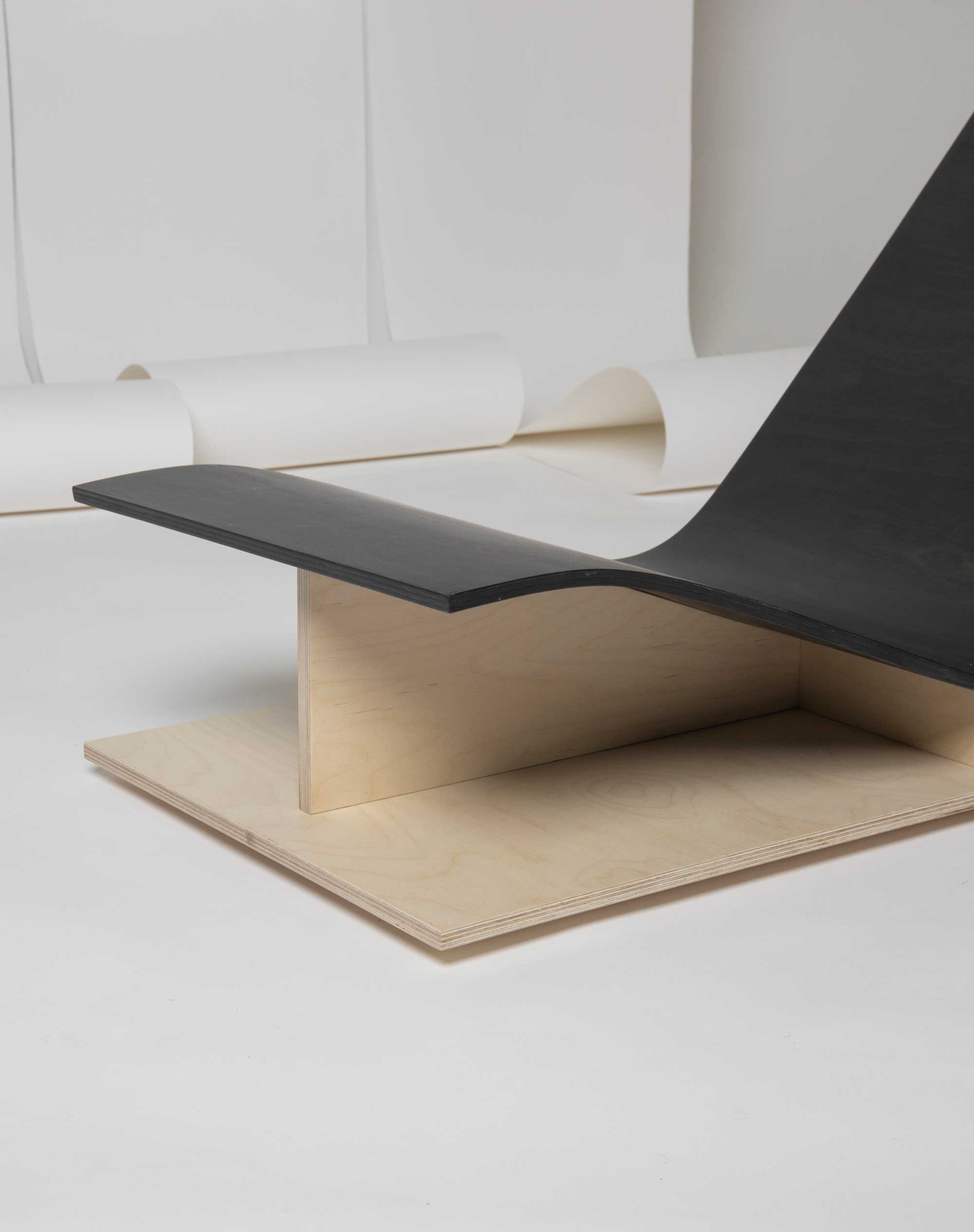
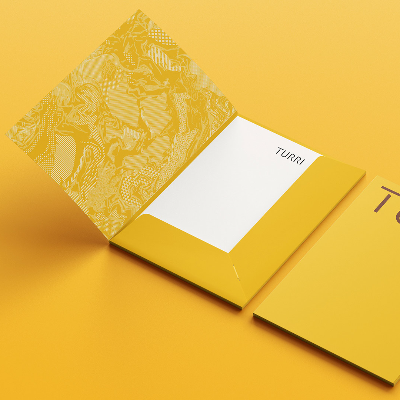
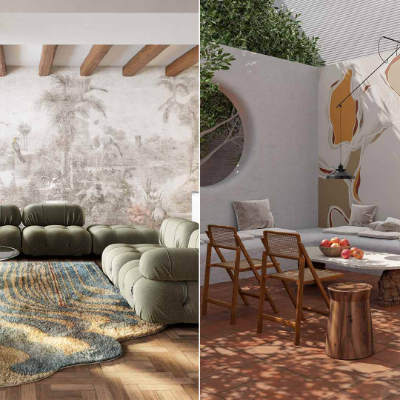
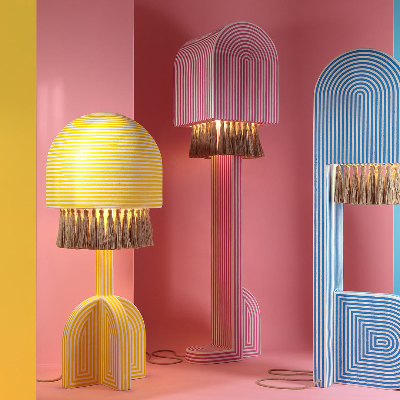
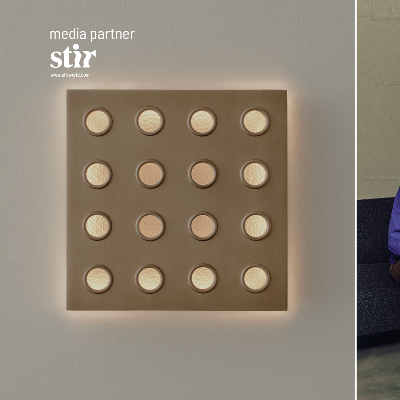
What do you think?